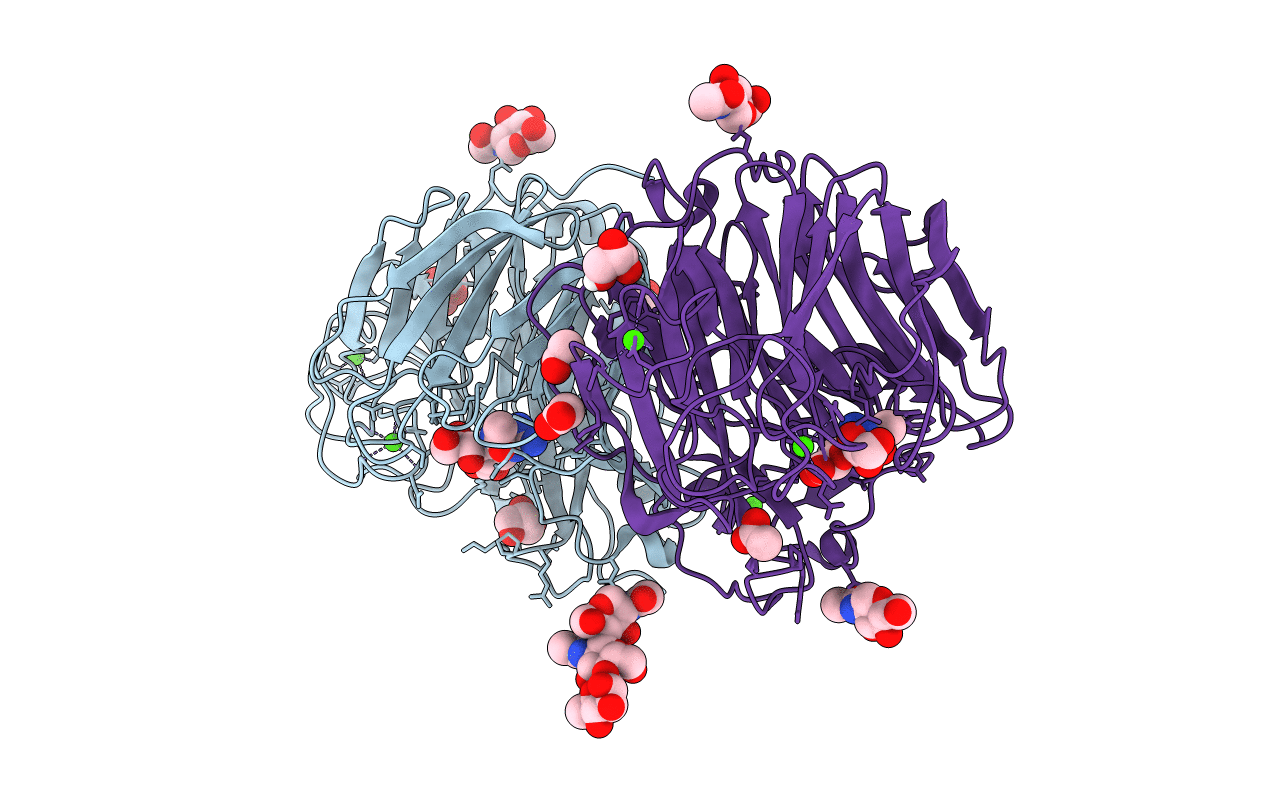
Deposition Date
2011-08-20
Release Date
2011-11-16
Last Version Date
2024-10-30
Entry Detail
PDB ID:
3TI5
Keywords:
Title:
Crystal structure of 2009 pandemic H1N1 neuraminidase complexed with Zanamivir
Biological Source:
Source Organism:
Influenza A virus (Taxon ID: 641501)
Host Organism:
Method Details:
Experimental Method:
Resolution:
1.90 Å
R-Value Free:
0.19
R-Value Work:
0.16
R-Value Observed:
0.16
Space Group:
C 2 2 21


